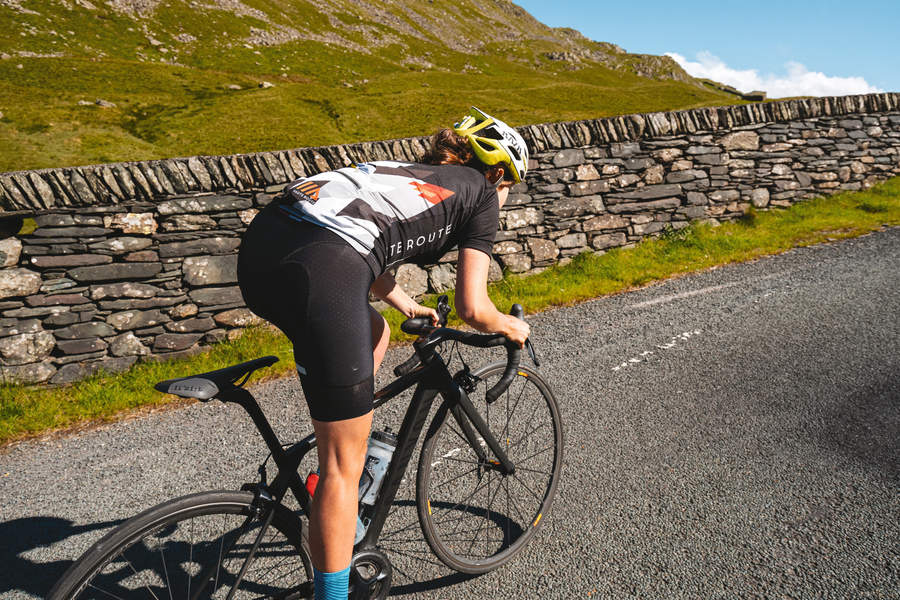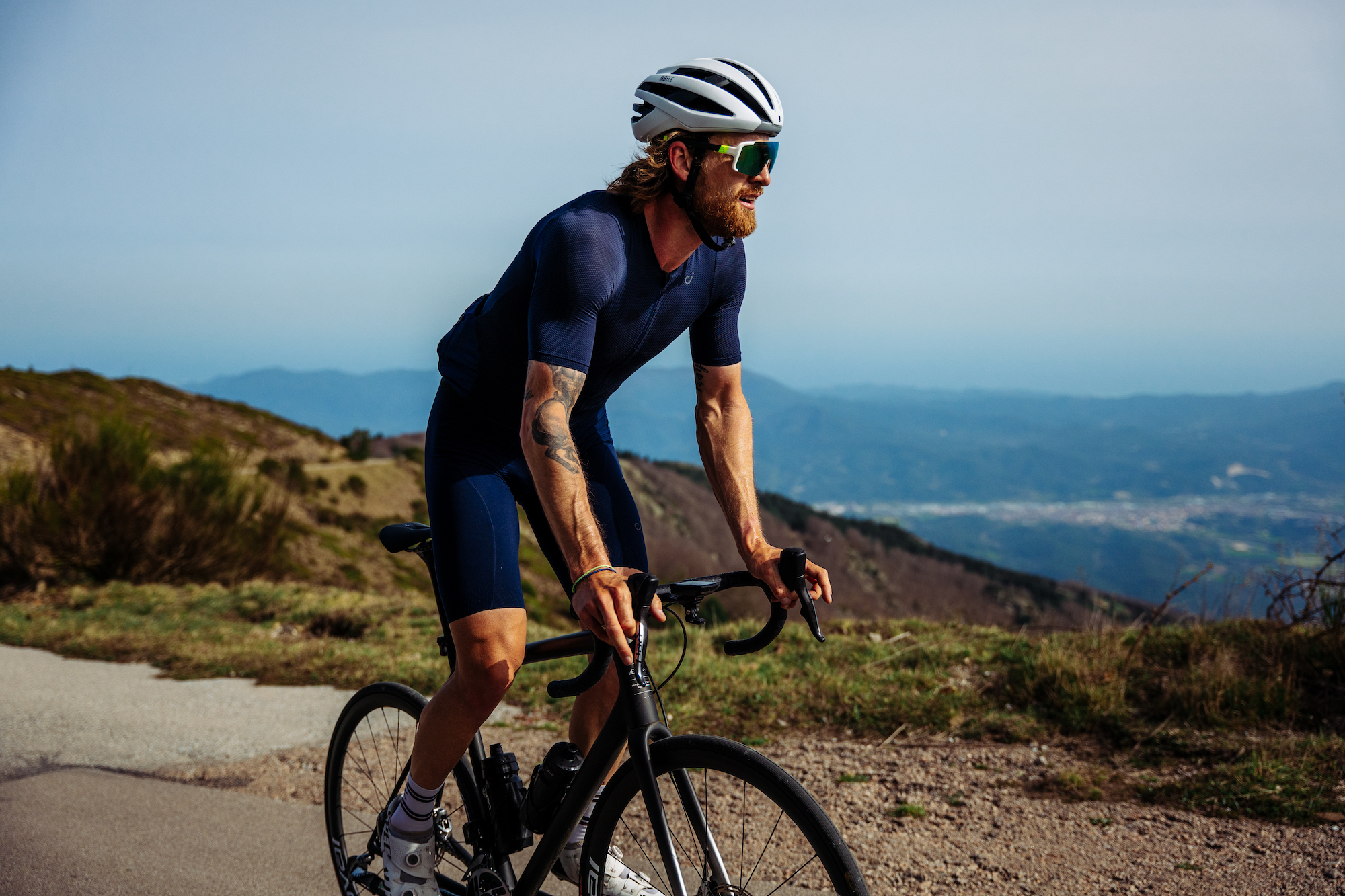Scientific study finds the ideal hill parameters for an Everesting attempt
The better the rider, the steeper the hill should be, essentially


There's nothing new about Everesting, the challenge of climbing the 8,848 metres that make up Mount Everest doing repeats on a single climb.
The official website of the challenge lists 24,120 people who have completed it, on a variety of different hills; the fastest according to its Hall of Fame is 6 hours 40 minutes, completed by Ronan McLaughlin, while other attempts last longer.
Now, a scientific study by Junhyeon Seo and Bart Raeymaekers in Scientific Reports has attempted to "methodically document and analyze the Everesting challenge based on experimental data".
The objective of their research was "to quantify and rank the relative importance of the parameters that determine the time to complete the Everesting challenge, based solely on publicly available data of previous attempts".
Seo and Raeymaekers argued that "power per unit body mass is the most important input attribute", which seems pretty straightforward - the more power that a rider can put down, the quicker they can complete the Everesting.
This is down to how fit, strong, and heavy the cyclist is. However, the next important "input attributes" are the total distance and the gradient of the hill. "The tradeoff between total distance and gradient of the hill is at the heart of the Everesting challenge," the authors wrote.
The pair concluded: "That the power per unit body mass of the cyclist and the tradeoff between the gradient of the hill and the distance are the most important considerations when attempting the Everesting challenge.
Get The Leadout Newsletter
The latest race content, interviews, features, reviews and expert buying guides, direct to your inbox!
"As such, elite cyclists best select a hill with gradient > 12%, whereas amateur and recreational cyclists best select a hill with gradient < 10% to minimize the time to complete the Everesting challenge."
Elite cyclists are defined by Seo and Raeymaekers as riders who can sustain 2.5–3.0 W/kg across the challenge.
"The ability of a cyclist to produce a high power per unit body mass allows them to select a steep hill for the Everesting challenge and, in turn, reduce the distance and time required to conquer 8848 m of elevation gain," the authors argued.
"Surprisingly, the number of hill repeats seems unimportant with respect to the time to complete the Everesting challenge, which contrasts theoretical analysis by others. Reducing the length of the segment increases the frequency but decreases the duration of the recovery periods throughout the ride, indicating that the increased frequency of recovery is offset by time loss during turning at the bottom and top of the hill."
It seems simple, but it turns out the choice of hill to cycle up for hours has a large bearing on the time it takes to complete the Everesting. Time to go clip in, I think.

Thank you for reading 20 articles this month* Join now for unlimited access
Enjoy your first month for just £1 / $1 / €1
*Read 5 free articles per month without a subscription

Join now for unlimited access
Try first month for just £1 / $1 / €1

Adam is Cycling Weekly’s news editor – his greatest love is road racing but as long as he is cycling, he's happy. Before joining CW in 2021 he spent two years writing for Procycling. He's usually out and about on the roads of Bristol and its surrounds.
Before cycling took over his professional life, he covered ecclesiastical matters at the world’s largest Anglican newspaper and politics at Business Insider. Don't ask how that is related to riding bikes.
-
 Gear up for your best summer of riding – Balfe's Bikes has up to 54% off Bontrager shoes, helmets, lights and much more
Gear up for your best summer of riding – Balfe's Bikes has up to 54% off Bontrager shoes, helmets, lights and much moreSupported It's not just Bontrager, Balfe's has a huge selection of discounted kit from the best cycling brands including Trek, Specialized, Giant and Castelli all with big reductions
By Paul Brett
-
 7-Eleven returns to the peloton for one day only at Liège-Bastogne-Liège
7-Eleven returns to the peloton for one day only at Liège-Bastogne-LiègeUno-X Mobility to rebrand as 7-Eleven for Sunday's Monument to pay tribute to iconic American team from the 1980s
By Tom Thewlis
